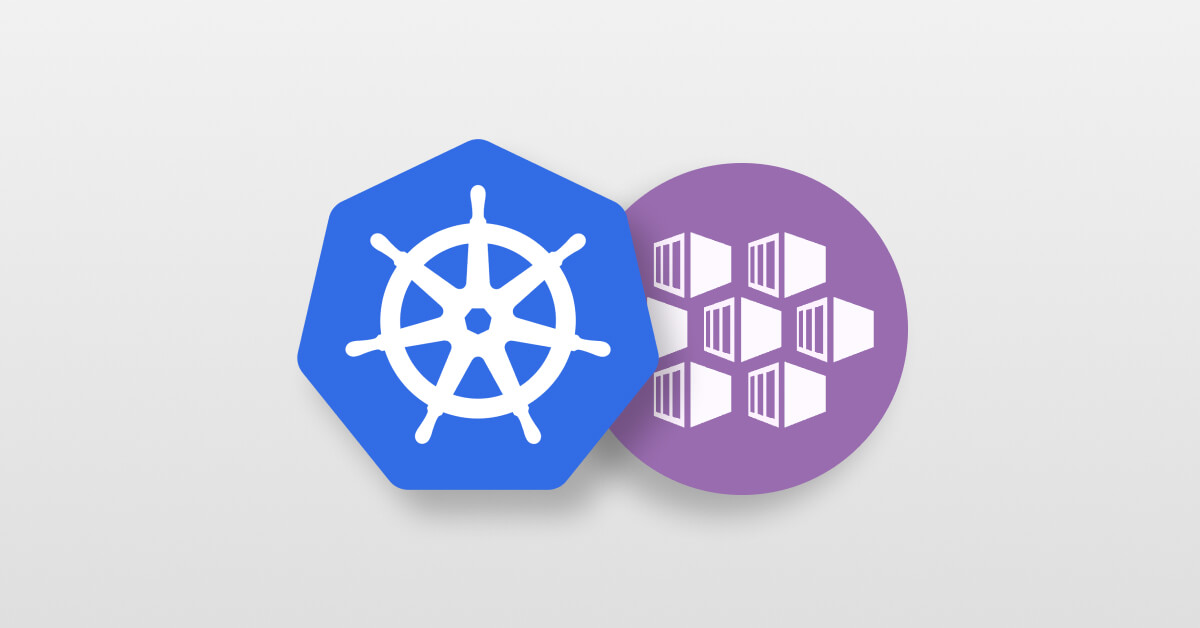Understanding Azure Kubernetes Service (AKS)
AKS simplifies the deployment and management of containerized applications by integrating seamlessly with Azure services. It offers features such as automated upgrades, scaling, and monitoring, making it an optimal platform for hosting secure AI solutions.
Key Components of Secure AI Deployment on AKS
-Azure Active Directory (AAD) Integration: Centralized identity and access management.
-Role-Based Access Control (RBAC): Secure access management using least privilege principles.
-Azure Key Vault: Secure storage for sensitive credentials and secrets.
-Azure Private Link: Secure private connectivity for services.
-Azure Policy: Enforce security standards and compliance.
Steps for Deploying Secure AI Applications on AKS
Step 1: Secure Cluster Configuration
Enable private clusters to restrict public access. Integrate AKS with Azure Active Directory (AAD) for identity management and apply Role-Based Access Control (RBAC) to manage user permissions. Use Azure Policy to enforce security standards and network policies to control pod-to-pod traffic.
Step 2: Secure Containerized AI Models
Use Azure Container Registry (ACR) for storing images, enabling vulnerability scanning and image signing. Implement Pod Security Standards (PSS) to control container privileges and capabilities. Ensure secure access to sensitive information using Azure Key Vault for secrets management.
Step 3: Secure Networking and Traffic Management
Implement end-to-end TLS encryption for all communication. Use Azure Application Gateway with Web Application Firewall (WAF) to protect against web vulnerabilities. Configure Azure Private Link for secure internal connections and employ Azure Front Door for global load balancing.
Step 4: Continuous Monitoring and Logging
Enable Azure Monitor for real-time visibility and alerts. Store container logs using Azure Log Analytics and configure Azure Security Center to detect and respond to threats. Maintain compliance through continuous auditing with Azure Policy.
Best Practices for Secure AI Deployment
-Enable End-to-End Encryption: Secure all data in transit and at rest.
-Regular Vulnerability Scanning: Perform automated security scans on images and containers.
-Implement Zero-Trust Networking: Restrict traffic using network policies and private endpoints.
-Use Secrets Management: Store sensitive data securely with Azure Key Vault.
-Monitor Continuously: Set up proactive alerting and security assessments.
Case Study: Securing a Healthcare AI Platform with AKS
A healthcare provider deployed a secure diagnostic AI model on AKS. They implemented Azure Key Vault for credential management, enforced private networking with Azure Private Link, and utilized Azure Security Center for threat detection. These measures ensured compliance with HIPAA standards and safeguarded patient data.
Future Trends in Secure AI Deployment with AKS
Emerging trends include:
-Confidential Computing: Protecting data during processing with secure enclaves.
-AI Model Encryption: Enhancing model security with encrypted weights and inputs.
-Federated Learning: Collaborative model training without data sharing.
-Policy-Driven Security: Automated compliance enforcement with advanced Azure Policy rules.
Conclusion
Azure Kubernetes Service (AKS) is a robust platform for deploying secure, scalable AI applications. By leveraging Azure's security tools and best practices, organizations can protect sensitive data and ensure compliance. With continuous advancements in security technologies, AKS remains a future-ready choice for secure AI deployment.

